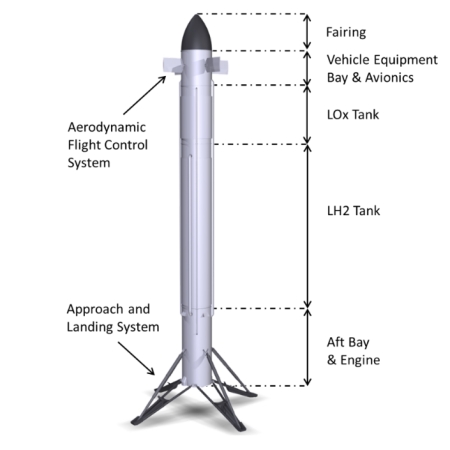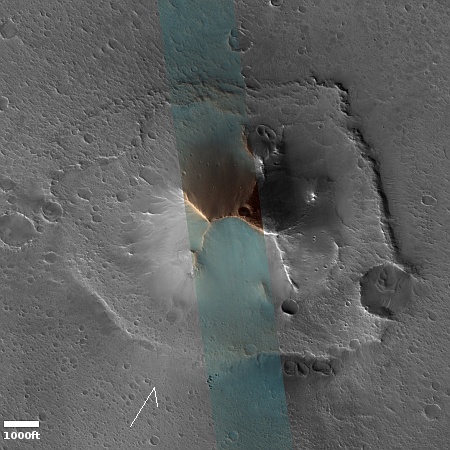“What the heck?” lava on Mars
Cool image time! The picture to the right, cropped, reduced, and sharpened to post here, was taken on August 19, 2024 by the high resolution camera on Mars Reconnaissance Orbiter (MRO). Labeled merely as a “terrain sample,” it was likely snapped not for any specific research project, but to fill a gap in the camera schedule in order to maintain its proper temperature.
When the science team does this they try to pick interesting locations. Sometimes the picture is relatively boring. Sometimes, like the picture to the right, it reveals weird geology that is somewhat difficult to explain. The picture covers the transition from the smooth featureless plain to the north, and the twisting and complex ridges to the south, all of which are less than a few feet high.
Note the gaps. The downgrade here is to the west, and the gaps appear to vaguely indicate places where flows had occurred.
» Read more
Cool image time! The picture to the right, cropped, reduced, and sharpened to post here, was taken on August 19, 2024 by the high resolution camera on Mars Reconnaissance Orbiter (MRO). Labeled merely as a “terrain sample,” it was likely snapped not for any specific research project, but to fill a gap in the camera schedule in order to maintain its proper temperature.
When the science team does this they try to pick interesting locations. Sometimes the picture is relatively boring. Sometimes, like the picture to the right, it reveals weird geology that is somewhat difficult to explain. The picture covers the transition from the smooth featureless plain to the north, and the twisting and complex ridges to the south, all of which are less than a few feet high.
Note the gaps. The downgrade here is to the west, and the gaps appear to vaguely indicate places where flows had occurred.
» Read more











